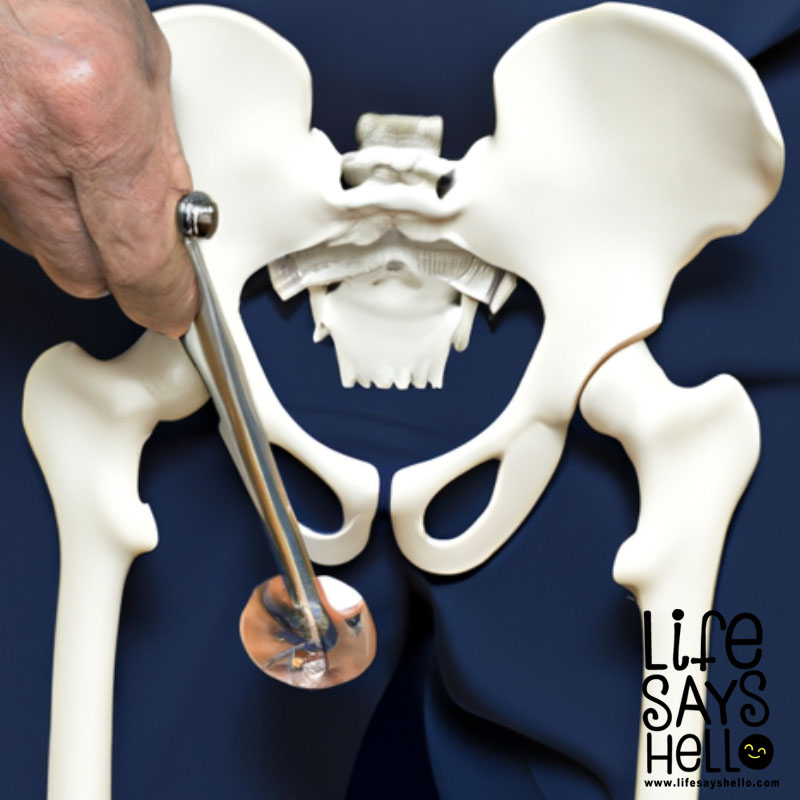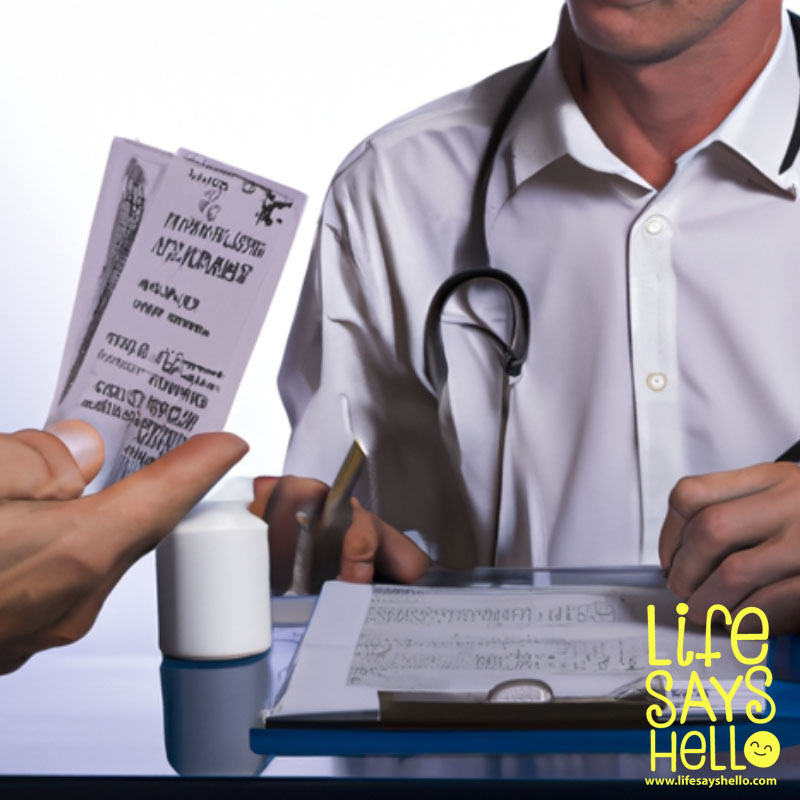How Strong is a 50mg Dose of Tramadol? What You Need to Know

Have you been prescribed the painkiller tramadol and wondering what to expect from a common 50mg dose? Tramadol is a prescription opioid medication that is used to treat moderate to moderately severe pain. But how strong is a 50mg dose of tramadol compared to other pain relievers?
In this detailed guide, we’ll cover everything you need to know about the strength, effectiveness, potential side effects and precautions for the standard 50mg tramadol dosage.
What is Tramadol? A Primer on this Prescription Pain Medication
Before diving into the 50mg dose, it helps to understand what tramadol is and how it works.
Tramadol is an opioid analgesic, meaning it binds to opioid receptors in the body to block pain signals. However, it also has some non-opioid effects that enhance the release of the feel-good neurotransmitter serotonin in the brain.
It was first approved by the FDA in 1995 under the brand name Ultram. Today, tramadol is available under many generic names as an immediate release tablet, extended release tablet, capsule, liquid and disintegrating tablet.
Common uses for tramadol include treating moderate to moderately severe pain, such as:
- Chronic back pain or osteoarthritis pain
- Post-surgical pain
- Fibromyalgia pain
- Neuropathic pain from diabetes or nerve damage
- Dental pain
- Pain from injuries or trauma
Compared to other opioid pain relievers, tramadol is considered a weaker option with a lower dependence and abuse potential. However, it still carries risks and needs to be taken exactly as prescribed.
Now that we’ve covered the basics of what tramadol is used for, let’s look at the typical dosing.
What is a Common Prescribed Dose of Tramadol?
Tramadol immediate release tablets and capsules come in several dosage strengths, including:
- 25mg
- 50mg
- 100mg
- 200mg
- 300mg
However, the most commonly prescribed strength is the 50mg dose.
Doctors usually start patients at 50mg every 4-6 hours as needed for pain. The maximum recommended dose is 400mg per day.
Some doctors may prescribe a lower 25mg dose for certain patients, such as the elderly, people with kidney problems and those who are very sensitive to medications.
Extended release tramadol tablets and capsules tend to start at lower doses of 25-50mg per day and increase gradually to no more than 300mg daily. These work by releasing the medication slowly over time.
While some doctors may prescribe up to 400mg per day of extended release tramadol, doses over 300mg are considered strong and may increase risks.
So in most cases, 50mg every 4-6 hours as needed is considered a standard tramadol dosage for adults. But how does this translate to real world effectiveness for pain?
How Strong is 50mg of Tramadol for Providing Pain Relief?
When looking at the strength of a medication, two key factors are its effectiveness for the condition it treats and how it compares to other drugs in its class.
Looking at research studies on 50mg doses of tramadol for pain relief, we find:
- Tramadol 50mg has been shown to have significant pain relieving effects compared to a placebo.
- In studies on acute postoperative pain after dental surgery, 50mg of tramadol provided a similar level of pain relief as doses of 400-600mg of ibuprofen.
- Tramadol 50mg taken before a painful procedure provided greater pain relief compared to 15mg of the NSAID meloxicam.
- For chronic lower back pain, a study found tramadol 50mg every 6 hours was moderately effective at reducing pain and improving function.
So in summary, studies show tramadol 50mg tends to provide meaningful pain relief, often similar to other medium-strength analgesics. For severe acute pain, like after surgery, it may be less effective than higher dose opioids. But for many chronic pain conditions, it can provide moderate analgesic effects.
Comparing it to other opioids helps give a sense of where a 50mg dose falls on the spectrum from weakest to strongest. Codeine, hydrocodone and oxycodone are all considered more potent than tramadol. But tramadol is stronger than “weak” opioids like propoxyphene or tramadol.
So while not an extremely powerful opioid, tramadol 50mg is considered stronger than over-the-counter NSAIDs and many mild prescription opioids for relieving moderate pain.
What Are the Potential Side Effects of Tramadol 50mg?
Even though tramadol isn’t the strongest opioid, it still comes with the risk of side effects - some minor and some more serious.
Common potential side effects of a 50mg dose of tramadol can include:
Drowsiness: Feeling very sleepy is one of the most frequent side effects. It’s why tramadol is usually taken at night.
Dizziness: Feeling lightheaded or dizzy is also quite common with tramadol, especially when standing up.
Nausea: Some nausea or an upset stomach can occur when taking tramadol. If it’s excessive, talk to your doctor.
Constipation: Like other opioids, tramadol can cause significant constipation by slowing digestion. Stay hydrated and eat enough fiber to counter this.
Headache: Both tension and migraine headaches are possible side effects of tramadol for some people.
Dry mouth: Tramadol reduces saliva production, leading to an unpleasant dry mouth sensation. Sipping water can help.
Sweating: Excessive sweating or night sweats are reported by some tramadol users.
Vomiting: While less common than nausea, some people do experience vomiting from tramadol.
Itching: Mild itching is an occasional side effect of tramadol. Very severe itching may be a sign of an allergic reaction.
These milder side effects often go away after a few days as your body adjusts to the medication. But if any are severe or don’t subside, be sure to follow up with your prescribing doctor.
Some rare but serious side effects can also sometimes occur:
Breathing problems: Tramadol depresses breathing function in the brain. Symptoms like shortness of breath signal a medical emergency.
Seizures: Seizures are an uncommon but dangerous tramadol side effect. Risk increases at doses over 400mg/day.
Serotonin syndrome: When taken with other drugs that also increase serotonin, tramadol can cause a dangerous buildup of too much serotonin.
Adrenal insufficiency: Long-term use of tramadol may suppress adrenal gland function. Symptoms include nausea, vomiting, fatigue, low blood pressure.
Hypoglycemia: Tramadol can causes blood sugar to drop suddenly in some diabetics or people with impaired glucose metabolism.
If you experience any unusual side effects, stop taking tramadol right away and contact your doctor or seek emergency care if they are severe. Never take more than your prescribed dose of tramadol.
Is Tramadol 50mg Considered a High or Strong Dose?
Whether 50mg of tramadol is considered a strong dose depends on a person’s individual tolerance and sensitivity to opioids.
For opioid-naïve patients who have never taken similar medications, 50mg would be regarded as a moderate initial dose. It allows assessing how well the medication is tolerated before increasing to higher doses if needed.
However, people taking tramadol regularly may eventually require larger doses for adequate pain relief as tolerance increases. For these patients, 50mg could be viewed as a lower dose.
Doses above 400mg per day would typically be considered high or strong doses of tramadol. Taking more than this amount increases the risks of serious side effects. It also signals a tolerance has likely developed requiring medical reassessment.
For extended release tramadol, doses above 300mg per day would be regarded as strong.
There are always risks with exceeding prescribed dosages of any medication, especially one with opioid effects. The maximum recommended daily tramadol dosage is 400mg, ideally split into smaller regular doses rather than one large dose.
Consuming tramadol above this amount or in ways other than directed by your doctor can have severe consequences including overdose and death in extreme cases. Many tramadol-related ER visits are the result of a person taking too much tramadol or combining it with other substances.
If your prescribed tramadol dose does not seem to sufficiently control your pain, speak with your doctor. Never simply take more medication or dosages closer together than directed. Your doctor may be able to switch you to a different pain medication or pain management regimen if tramadol is not providing the expected benefit.
Conclusion: What to Expect with the Standard 50mg Tramadol Dosage
Tramadol is a prescription opioid medication used for moderate to moderately severe pain relief. The most common dosage prescribed is 50mg taken every 4-6 hours as needed, up to a maximum of 400mg per day.
Research shows tramadol 50mg tends to provide meaningful pain relief, similar to other oral analgesics for pain levels from acute injuries to chronic conditions like arthritis. However, it may not be strong enough for severe postoperative pain or pain from major trauma.
Compared to other opioids, a 50mg dose of tramadol is not extremely potent but is stronger than over-the-counter NSAIDs and some weaker prescription opioids.
Side effects of tramadol 50mg can include drowsiness, dizziness, nausea, constipation, headache and more. Serious but rare side effects like seizures and serotonin syndrome are also possible.
While 50mg may be a moderate dose for opioid-naïve patients, those taking tramadol regularly can develop tolerance and require higher doses for pain relief. Doses above 400mg per day are considered strong and increase risks.
Always take tramadol according to your doctor’s instructions, and do not exceed the prescribed dosage or take more frequently than directed. Seek emergency care if you experience unusual side effects. Combining tramadol with alcohol, opioids or illicit drugs can also be extremely hazardous.
If you have chronic pain that tramadol does not adequately manage at the prescribed dose, talk to your doctor about adjusting your pain management plan for better relief. Used properly, tramadol can be an effective option for many types of moderate pain. But taking too much tramadol in an attempt to get more pain relief can lead to severe harm.




Comments